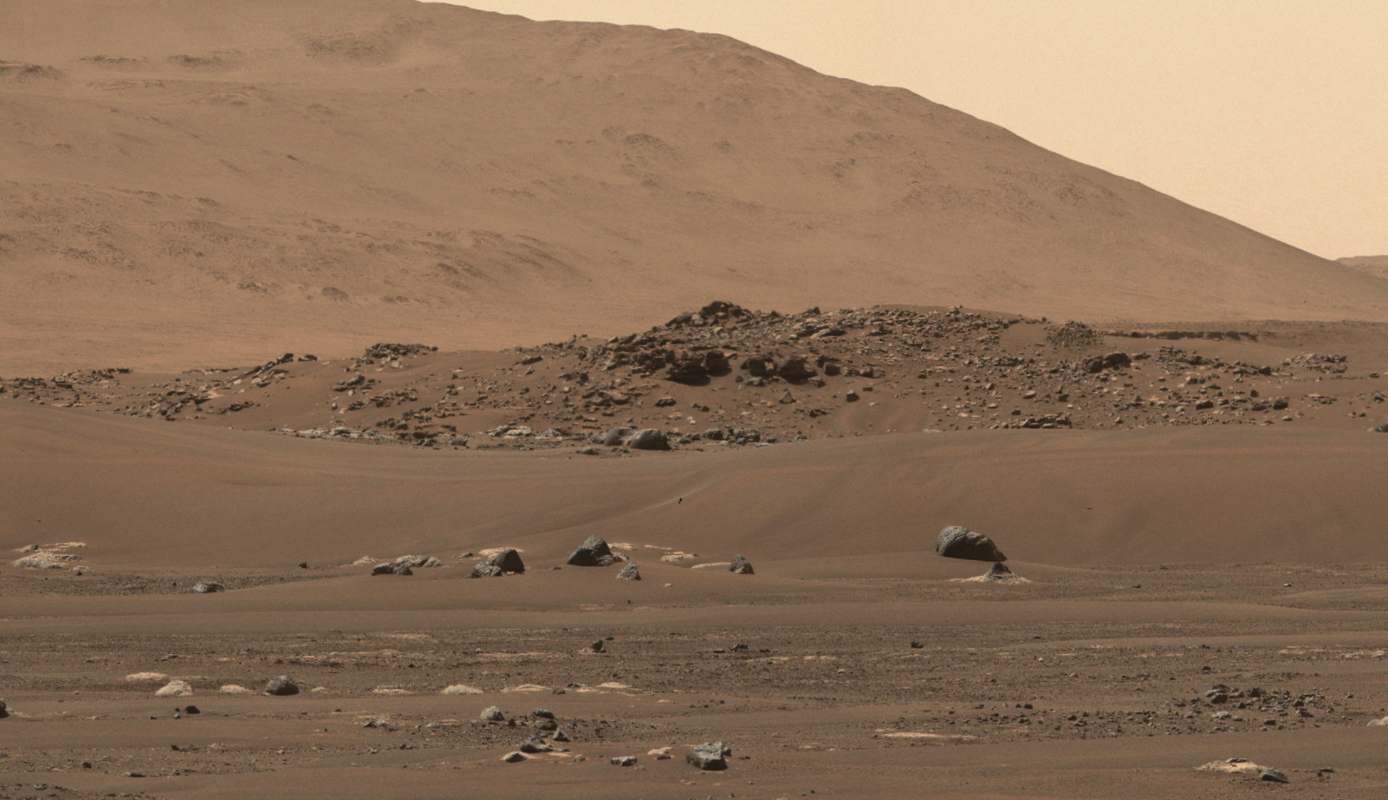"Physics and modelling of granular materials on planetary surfaces"

The surfaces of Earth, Mars and many other celestial bodies of our solar system are mostly composed of granular materials, such as regolith, sand and dust. However, these materials are subject to a broad range of still poorly understood transport processes that have profound feedbacks with geology and climate. In this talk I will show how the modelling of these processes is improving our understanding of planetary surface evolution, while, at the same time, advancing our knowledge of granular matter physics – including in the industrial sector. For instance, in recent work of our group, we developed a model for the angle of repose of granular materials as a function of particle size and gravity. This angle of repose, which is the angle between the sloping side of a heap of grains and the horizontal, provides a proxy for attributes of soil particles on planetary sediment landscapes, and constitutes a measure for the flowability of industrial powders (such as in 3D printing). Furthermore, numerical simulations developed in our group are helping to better describe gravity- and wind-driven transport processes of sand and dust on Earth, Mars, Pluto, and other worlds. However, there are exciting open questions about these processes that make interface with quantum physics, surface chemistry, materials science, and statistical physics, as I will explain in my talk.
 |
The granular surface of Mars as imaged by Perseverance rover on February 22nd, 2021 (Credit: NASA/JPL-Caltech/ASU/MSSS).
Participante: Dr. Eric Ribeiro Parteli
Institución: Universität Duisburg-Essen, Germany
Fecha y hora: Este evento terminó el Miércoles, 20 de Abril de 2022


